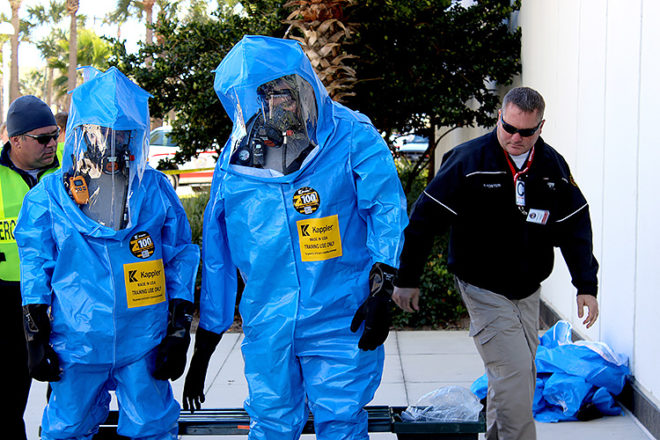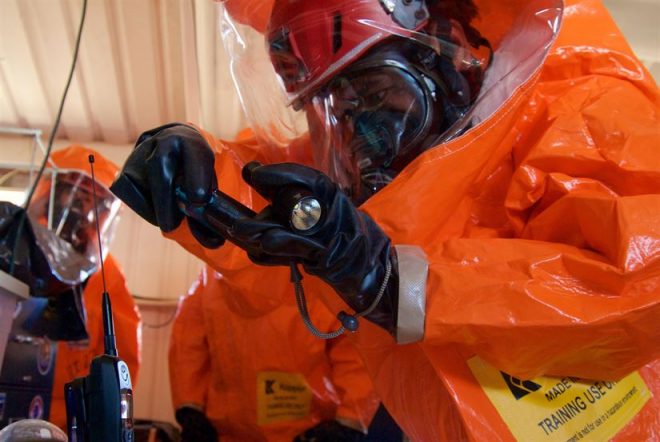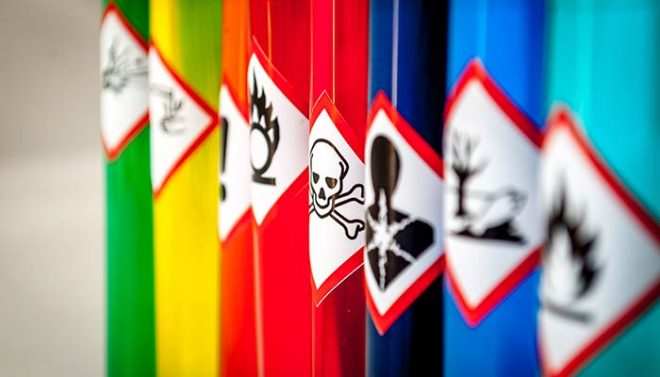An overview of HAZWOPER and a discussion of the possible sources of exposure leading to exposure by hazardous substances. Employers are responsible for the safety and health of its workers and for providing a safe and healthful workplace.
Read More »HAZWOPER Standards and Employer Resources










